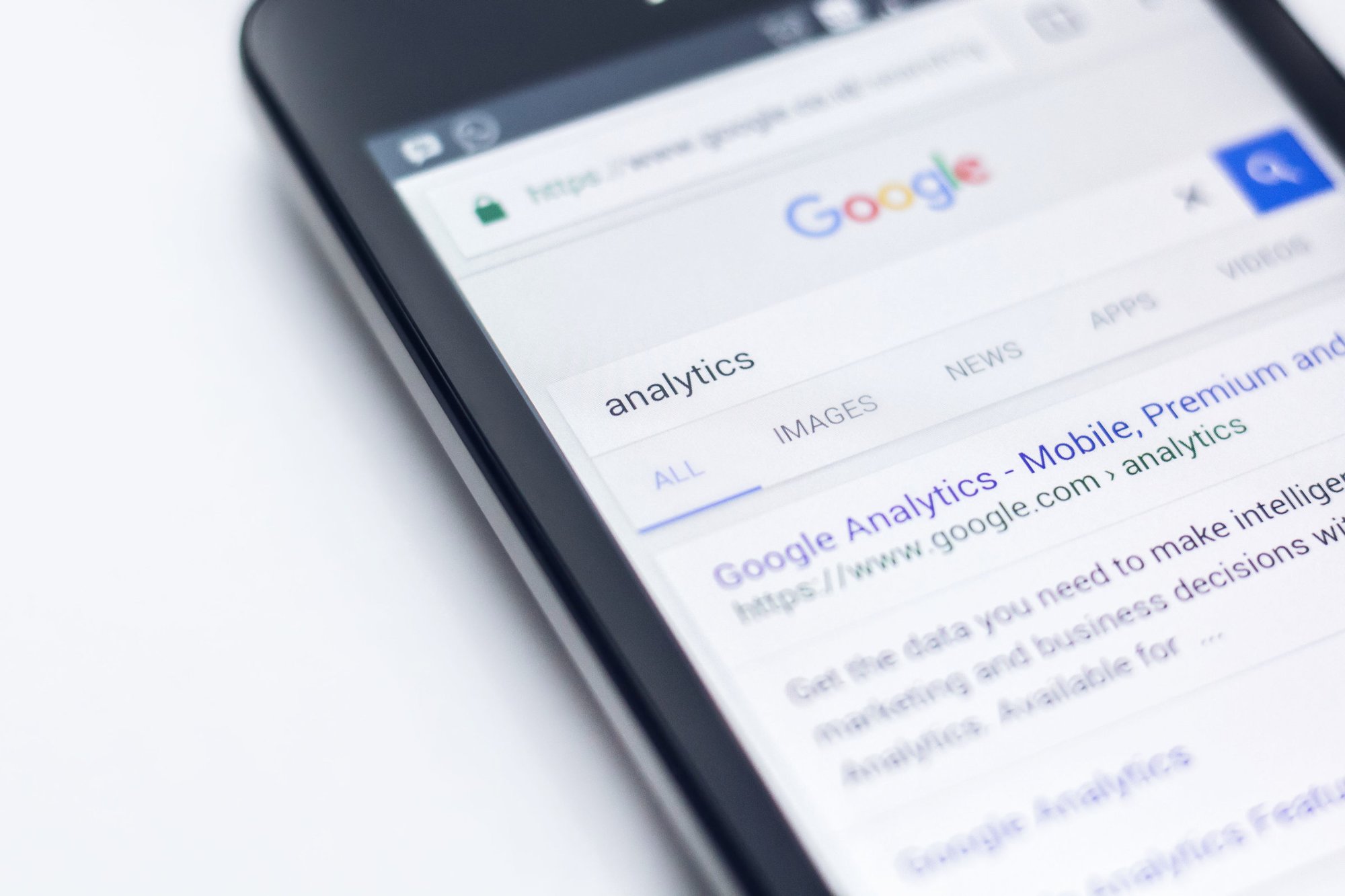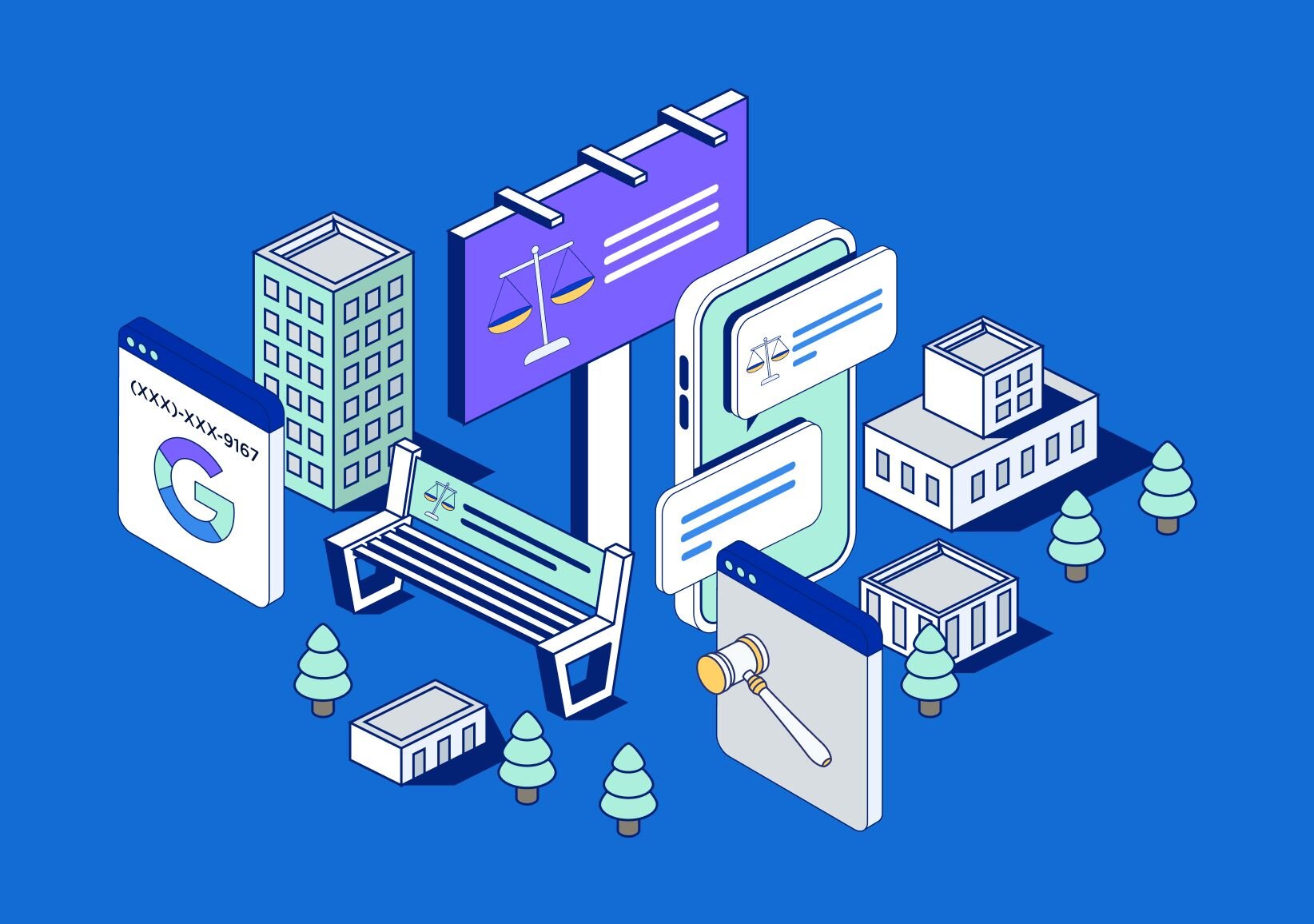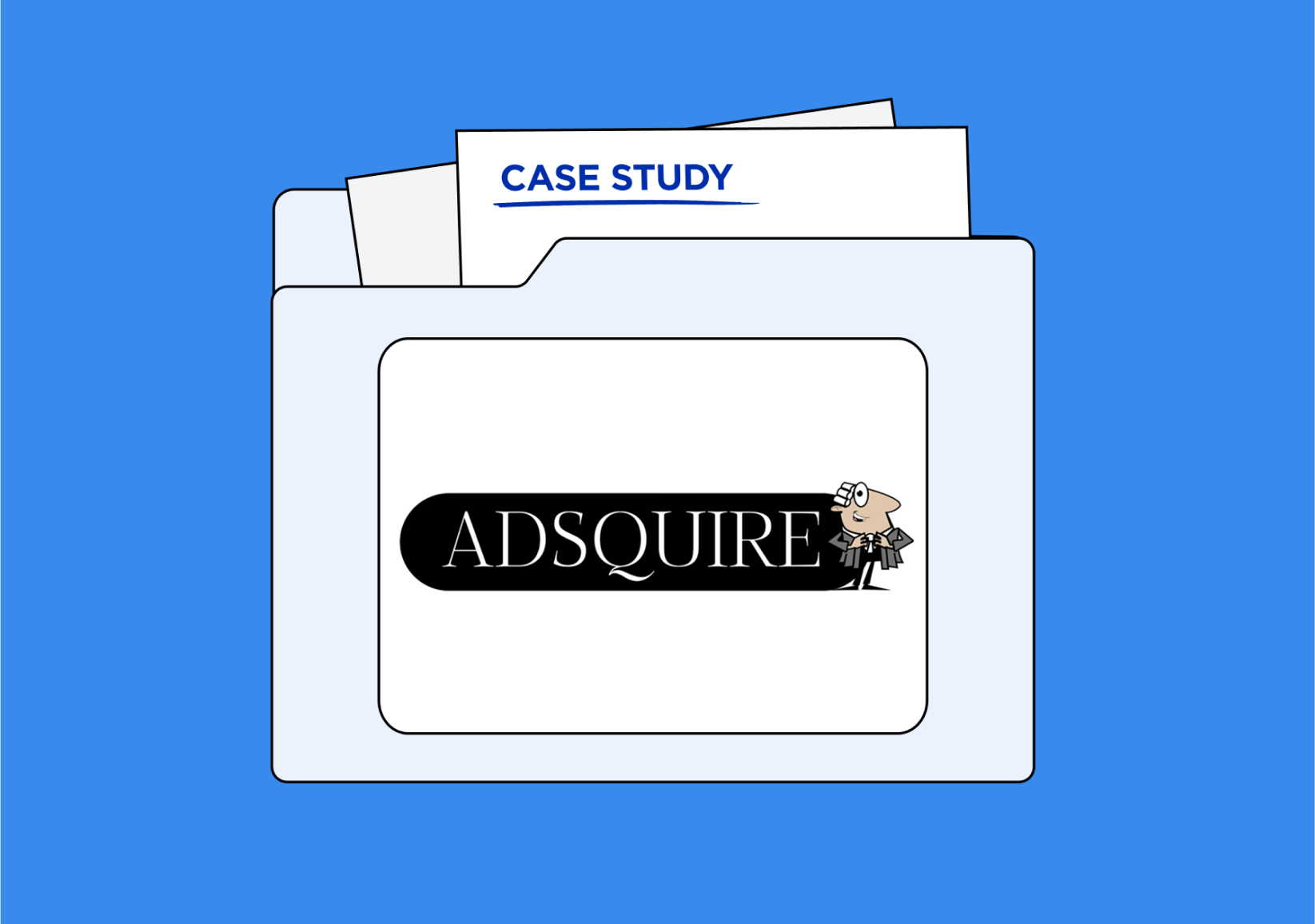Google Ads (formerly AdWords) and Algorithm Changes to Watch in 2017
By some reports, Google controls nearly two-thirds of the organic search industry. This means that two-thirds of consumers trust Google to help them find a restaurant nearby or the best lawn mower or a pet groomer. If you are not paying attention to the changes they make (on a near daily basis), your brand will quickly fall behind.
With so many changes, it can seem near impossible to keep up. Here are the most recent updates Google has made, why you should be paying attention, and additional resources to keep you in the know.
Google Begins Mobile First Indexing
In a nutshell, Mobile First Indexing means Google will look at your mobile site first when determining if it is a good fit for a specific query. In the past, Google crawlers first looked at your desktop site. Since most users now search on a mobile device, this method created a lot of problems for users. Google is looking to fix this.
Who Should Care
Brands who do not have a mobile responsive site or use an extremely stripped down version of their site for mobile. You will likely lose ranking or find it impossible to gain traffic.
Resources about Mobile First:
Google Ads Automatic Call Extensions for Mobile Search
In early January, Google announced they would automatically add call extensions to ads that link to landing pages that feature a phone number ‘prominently’. This means if you have an ad and do not want to allow customers to view and call directly from the search results, you need to disable this function. Also, if you are already using Ads call extensions or using call tracking software, you will want to make sure these automatic extensions do not interfere with your call analytics. In a separate announcement a week before this one, Google announced it may add phone numbers from Google My Business to certain ad formats on Ads. More on that confusing change here.
Who Should Care
Brands who do not want to display a phone number directly in search results but do feature a phone number on their landing page.
Resources about Automatic Call Extensions:
- Google Ads Announces Automatic Call Extensions for Mobile Search | CallRail
- Google is launching automated call extensions in mobile ads on February 6 | Search Engine Land
Mobile Intrusive Interstitials Update
In August of 2016, Google announced they would begin ranking that use those annoying pop-up ads lower. This shift is in line with their focus on user experience and was a shift many were happy to see. What is less clear is what Google considers ‘intrusive’. Google shared this image on the Webmasters blog:
Who Should Care: Brands that use pop-ups on mobile that prevent the user reading their content. Does not include age verification popups.
Resources about Intrusive Interstitials:
- Google Webmasters Post
- Google Intrusive Interstitials Mobile Penalty Having Minimal Impact |Search Engine Roundtable
HTTP Pages Will Be Marked as Non-Secure
Currently, when users visit a secure website, they can be assured their information is safe by the ‘lock’ icon in the search bar. In an effort to create a more secure internet, users will now see a red “X” over the lock icon, indicating that the site in not secure. This change is one more step Google is taking to push site owners to switch to the more secure HTTPS protocol.
Who Should Care
Sites that have not switched from HTTP to HTTPS, particularly if they sell products online or gather sensitive data such as credit card information.
Resources on HTTPS:
Google AMP
In October of 2015, Google announced “Accelerated Mobile Pages” or AMP. The goal was to create streamlined, stripped down versions of website pages so users could load them quickly on mobile devices. These fast loading pages use simpler coding, which means the resulting page has less formatting and less ad space. In exchange, site owners could expect to rank higher and enjoy higher user engagement. Updates and expansions to the AMP program have been rolling out over the past year and a half.
Who Should Care About AMP?
Really, all site owners should be keeping an eye on the AMP roll out, but particularly publishers and blogs. This is an easy way for smaller publishers to set themselves apart from bigger competitors who are not using AMP. E-commerce site owners should keep an eye out for newer updates that may affect them.
Resources About Google AMP
Google Penguin Algorithm Now Updates in Real Time
Penguin is a Google Algorithm update that penalizes sites who practices shading link building. For example, sites that buy links or use link networks. The update was first released in 2012, and updates have been rolled out throughout the years. This newest update means sites that have been penalized but cleaned up their link profiles do not have to wait months (or even years) for a new update to regain ranking.
Who Should Care
All site owners, but particularly those with older sites who might have practiced shady link practices in the past.
Resources about Google Penguin:
- Google Penguin Update | The Webmaster.com
- Google updates Penguin, says it now runs in real time within the core search algorithm | Search Engine Land
Final Thoughts
Staying updated on changes in the search marketing field might seem overwhelming, especially since new updates come out so often. These six changes will have a massive impact on online marketing in 2017, but it is important to look at what Google is saying in a broader sense. The takeaway is that site owners need to focus on the user, particularly the mobile user. Make sure your mobile site loads quickly, is easy to navigate, and capitalizes on the wave of click-to-call adoption taking place around the web. Details matter, yes, but user experience should be your focus.










